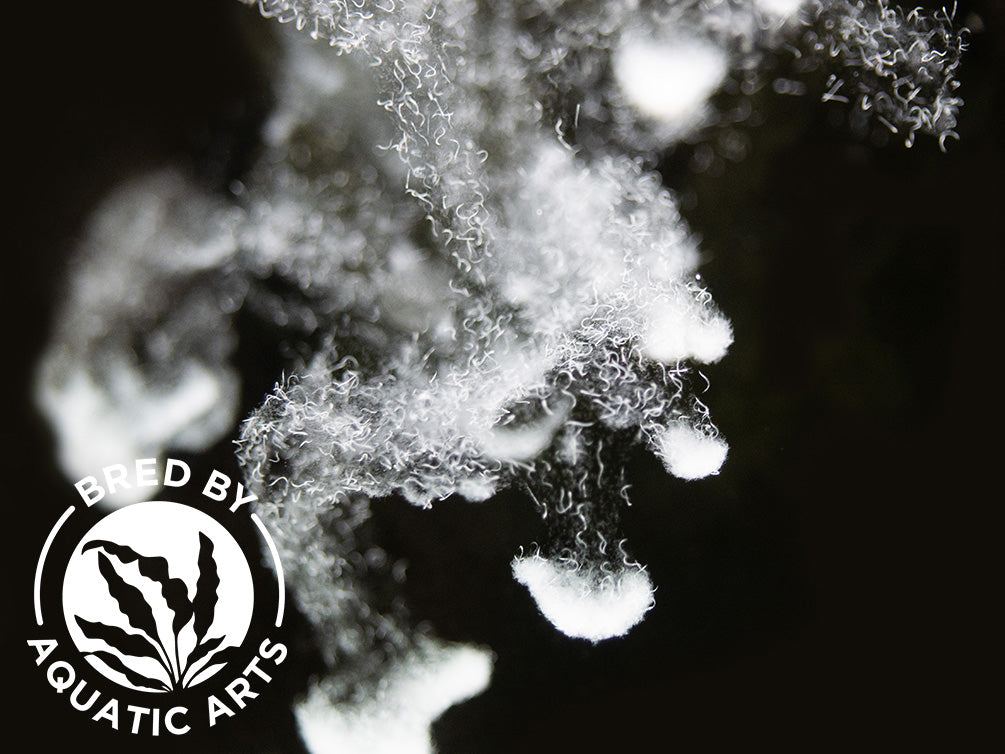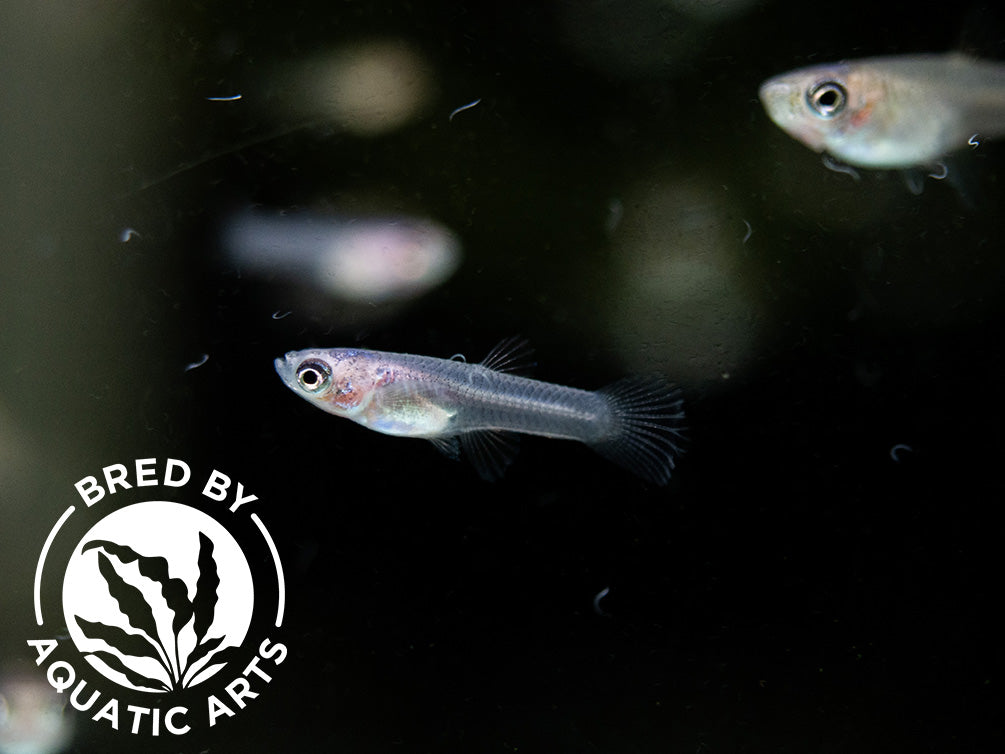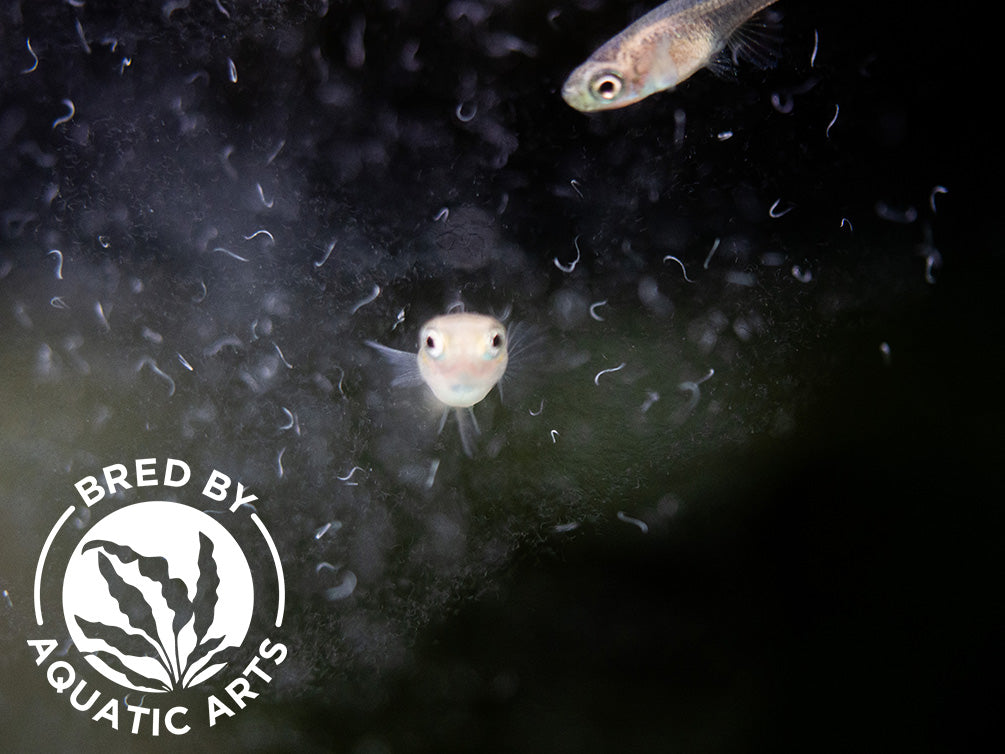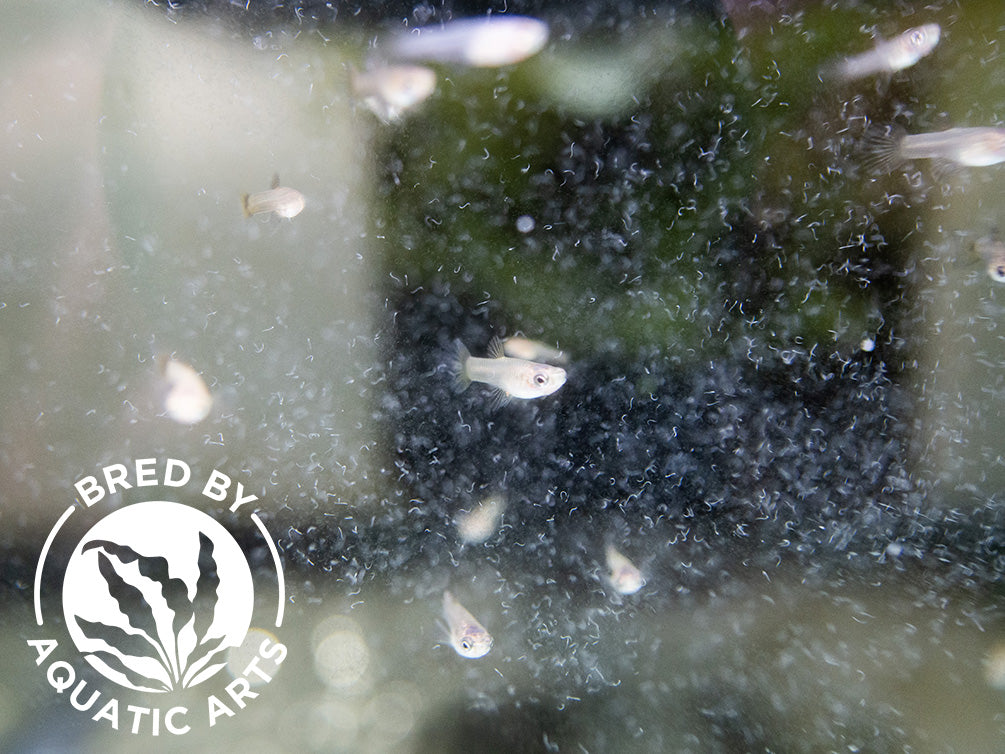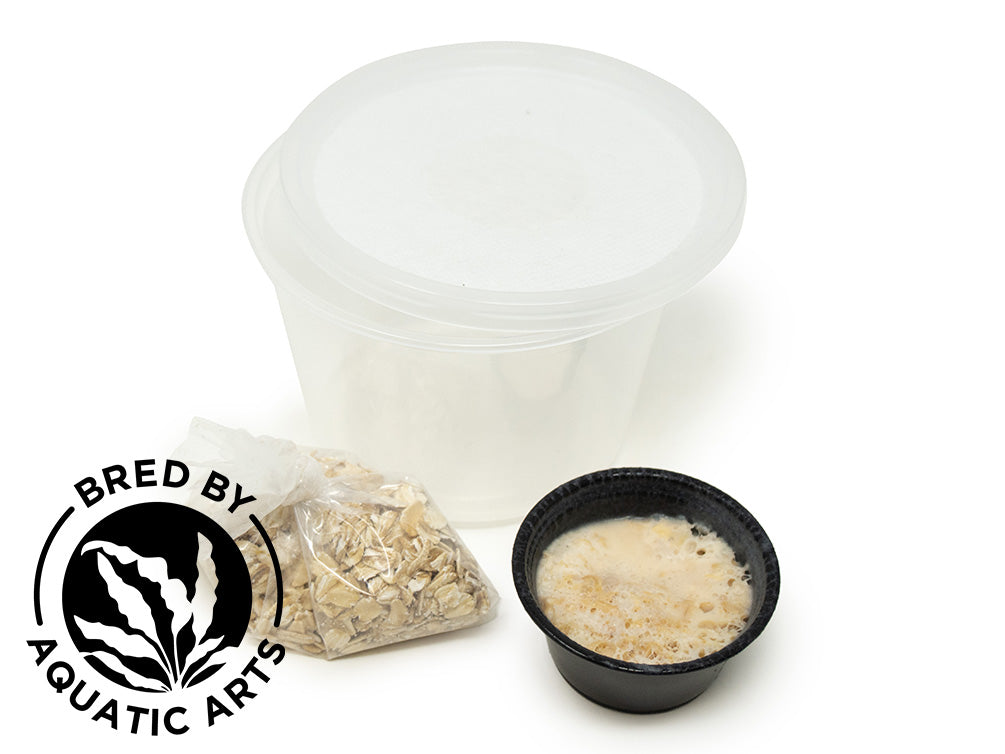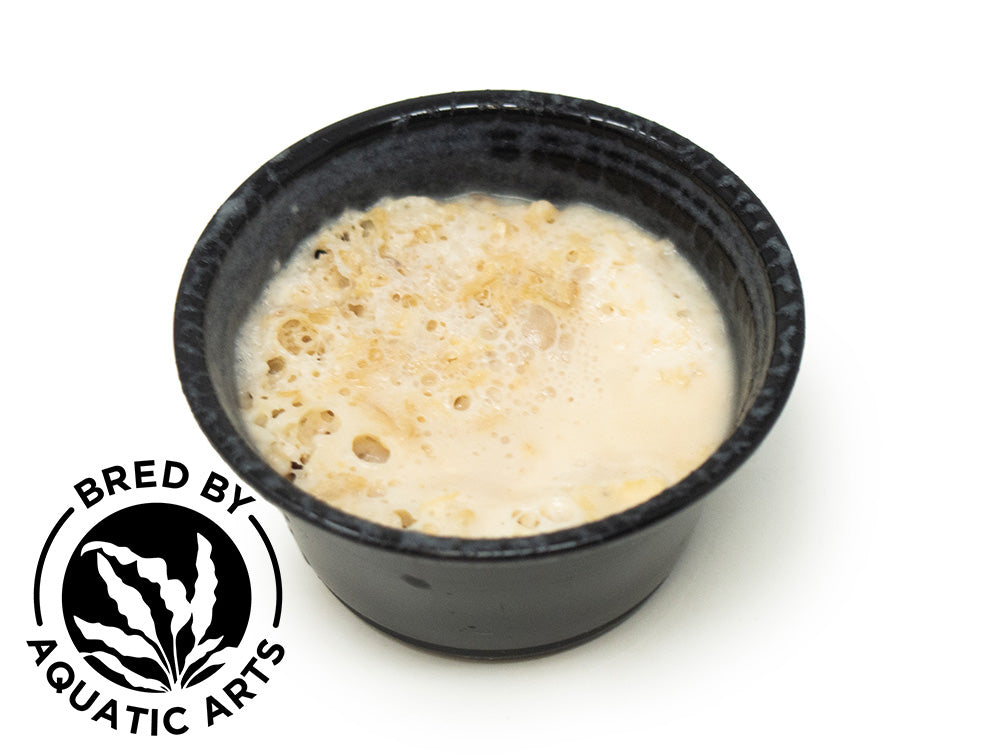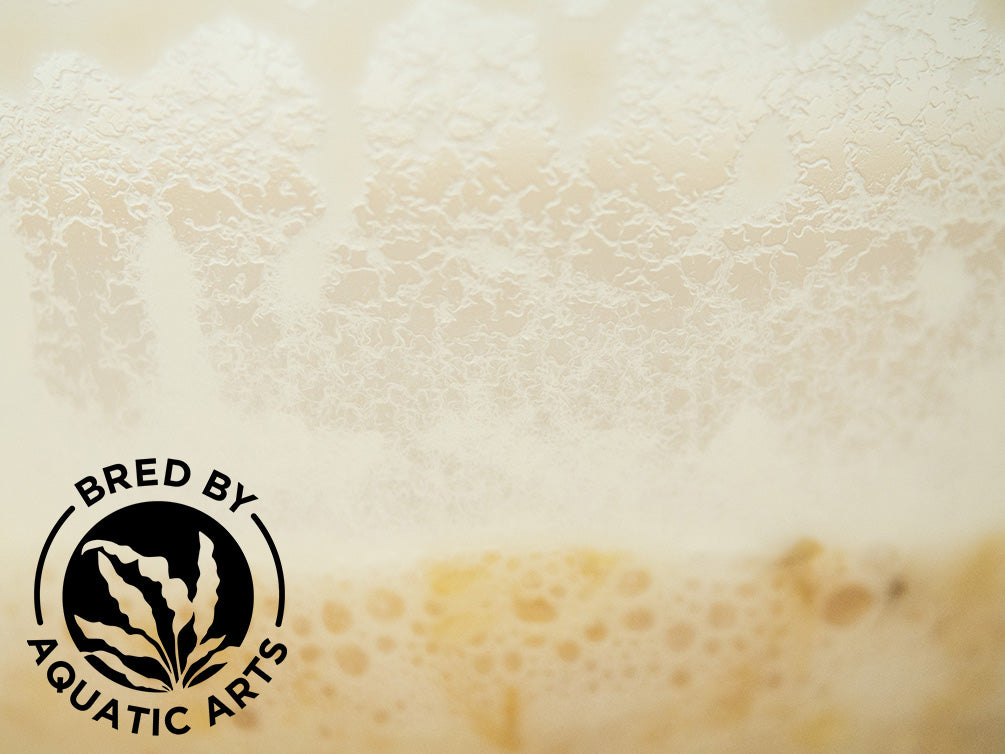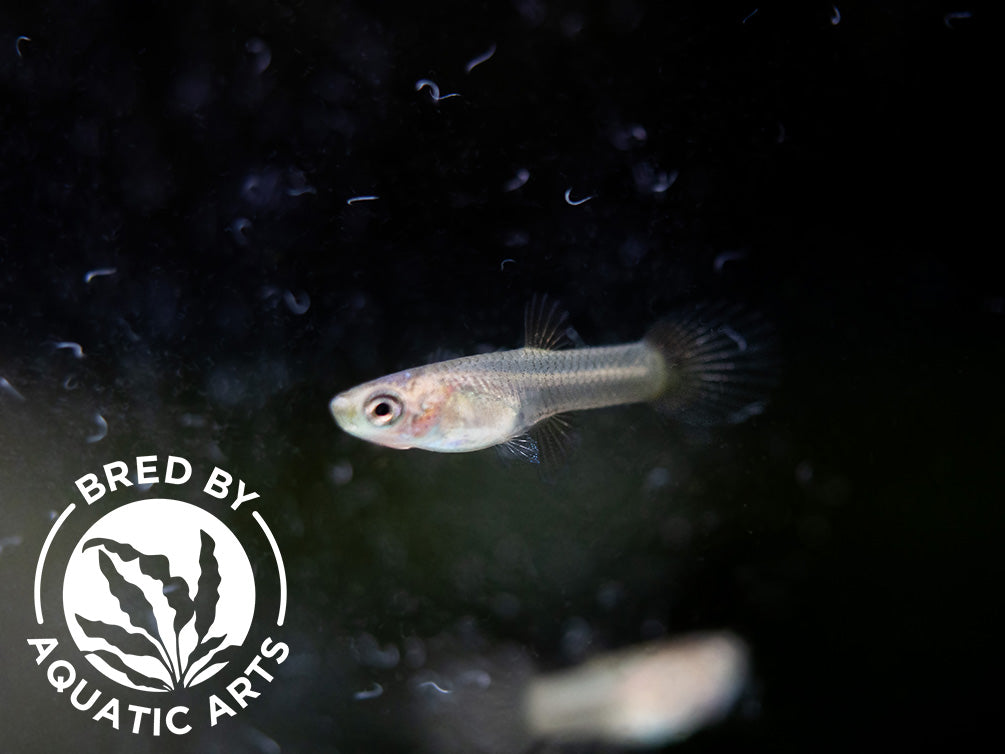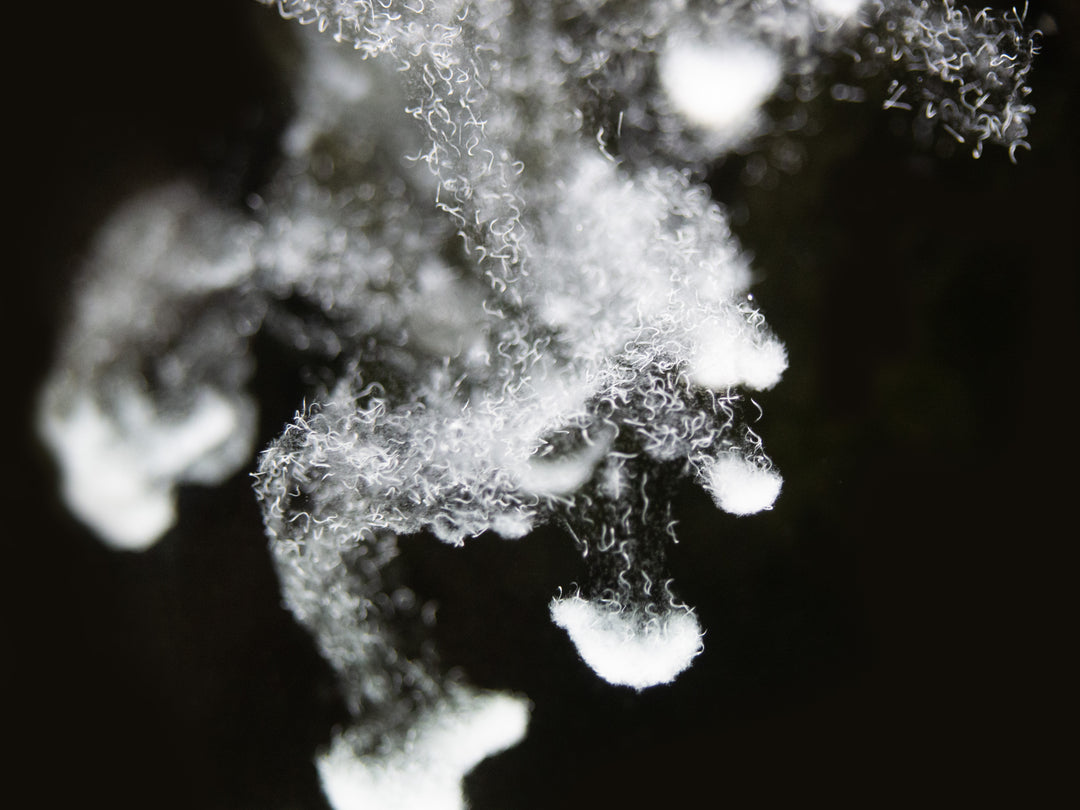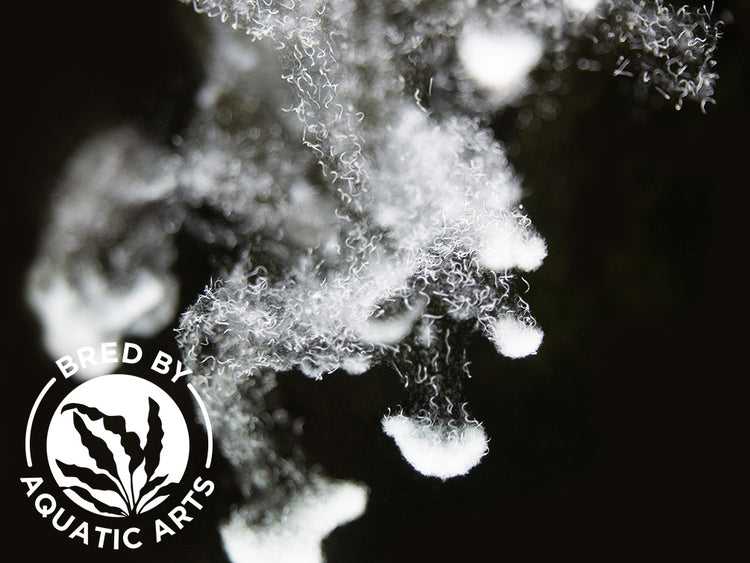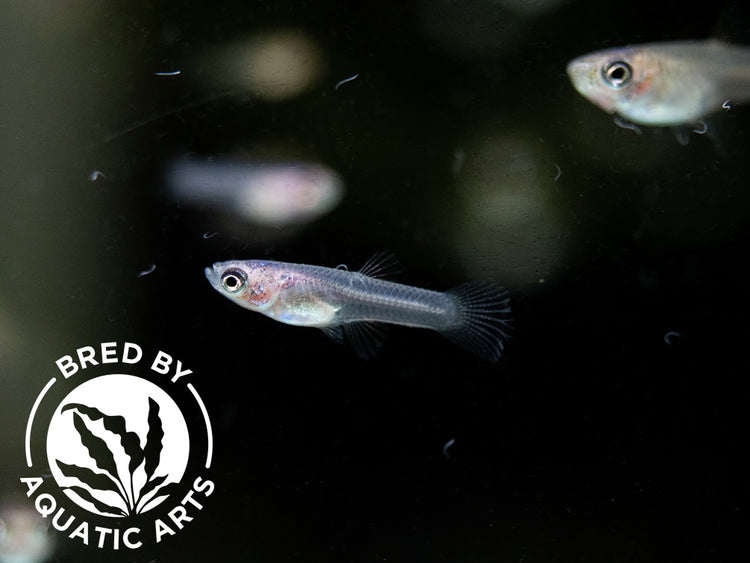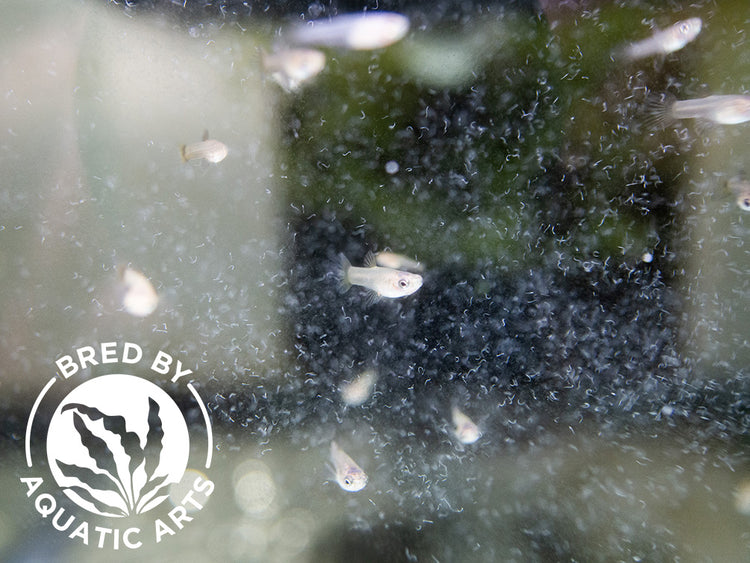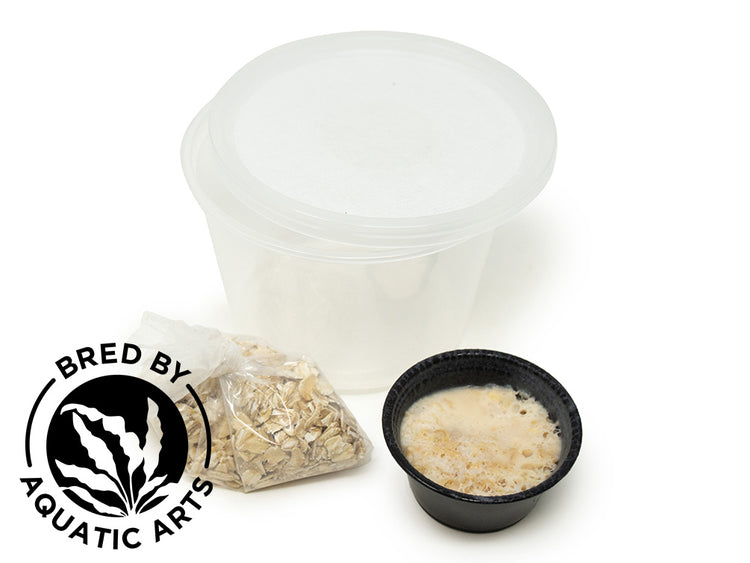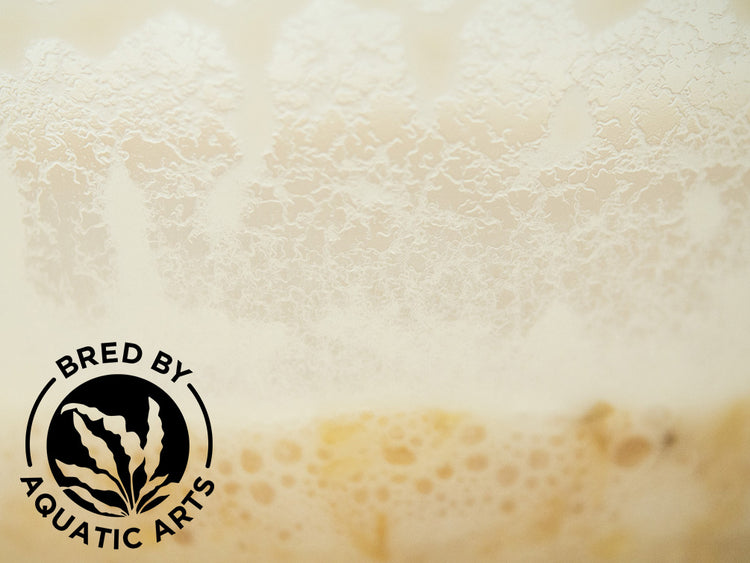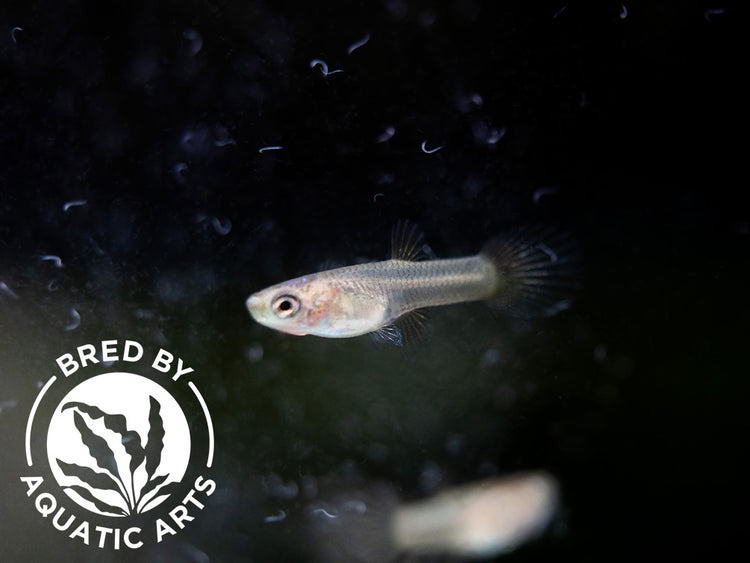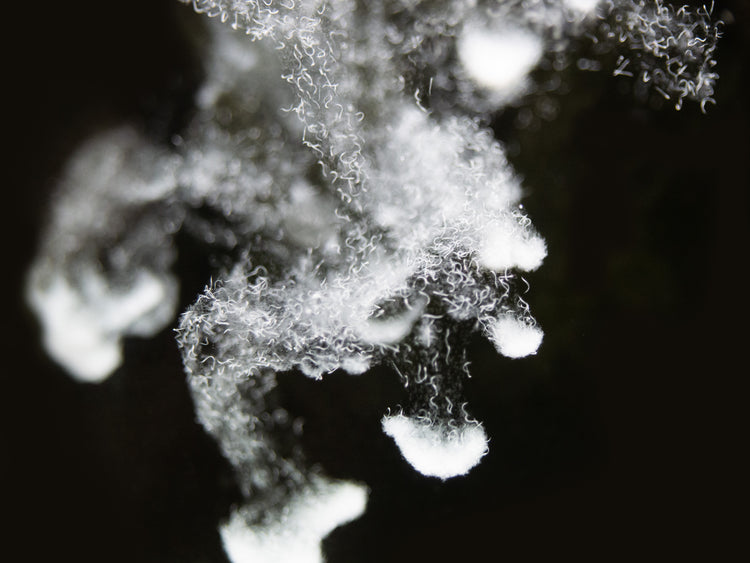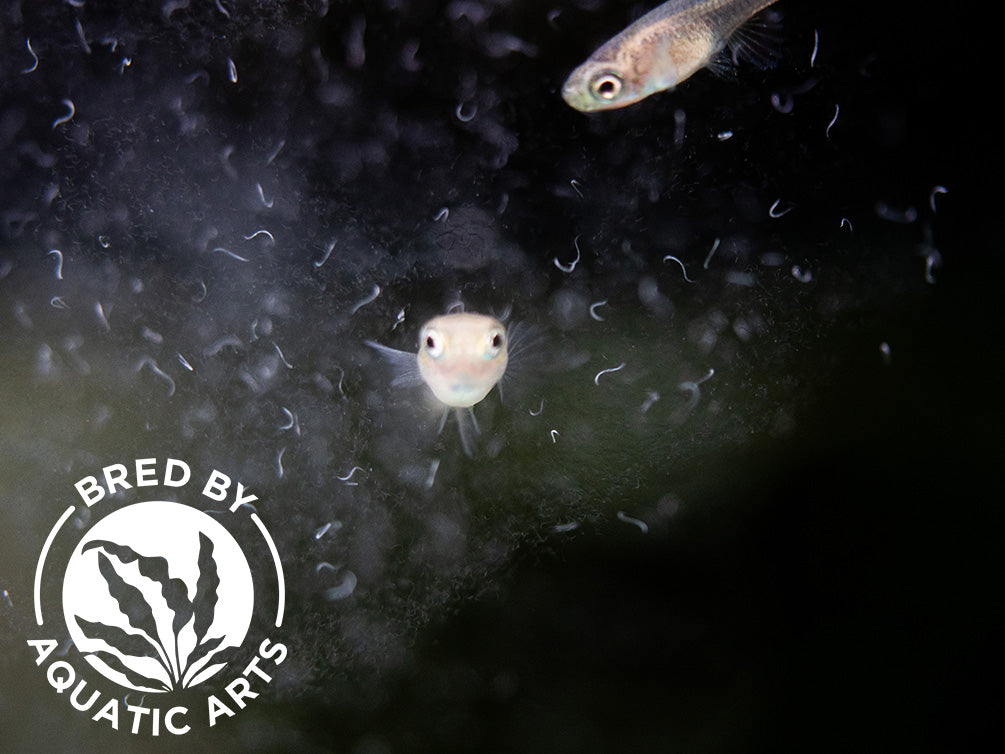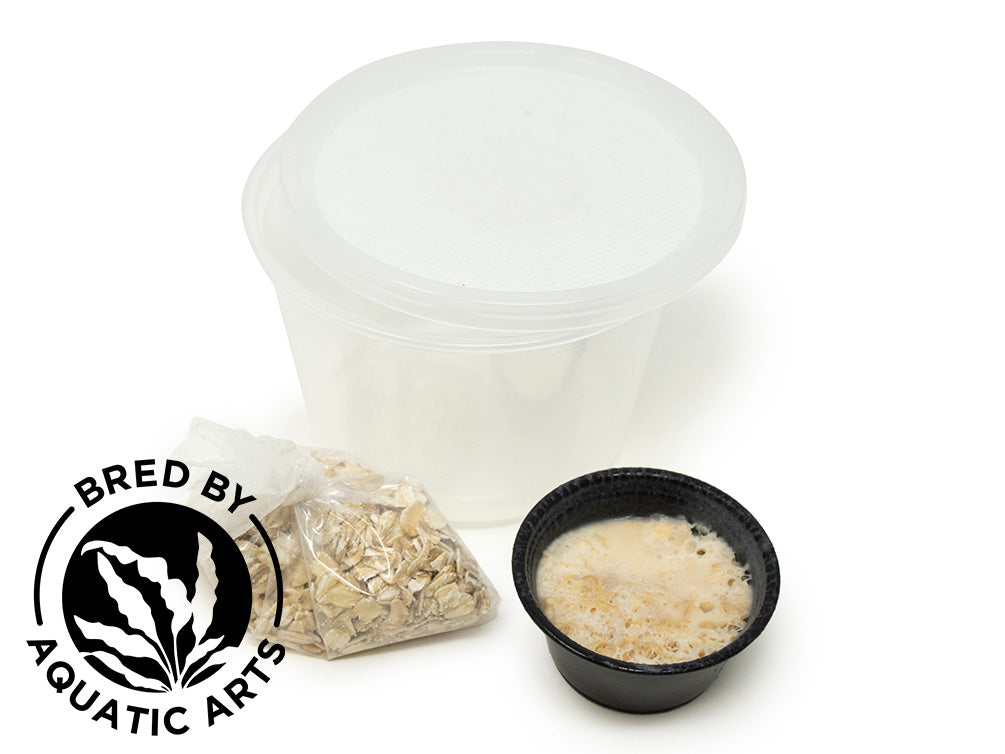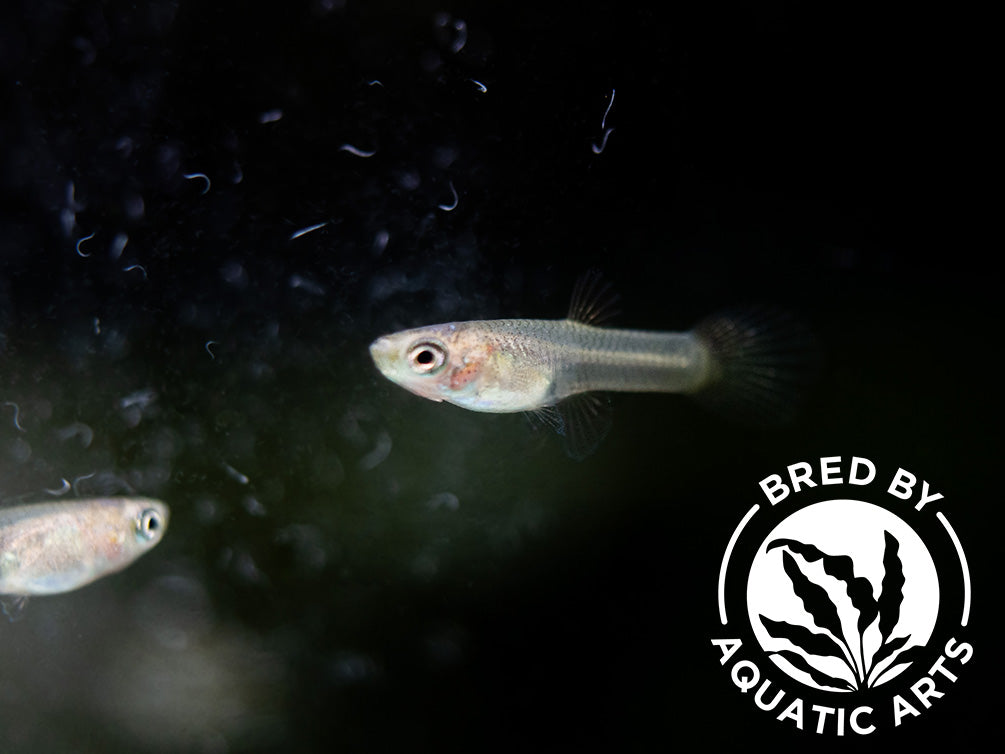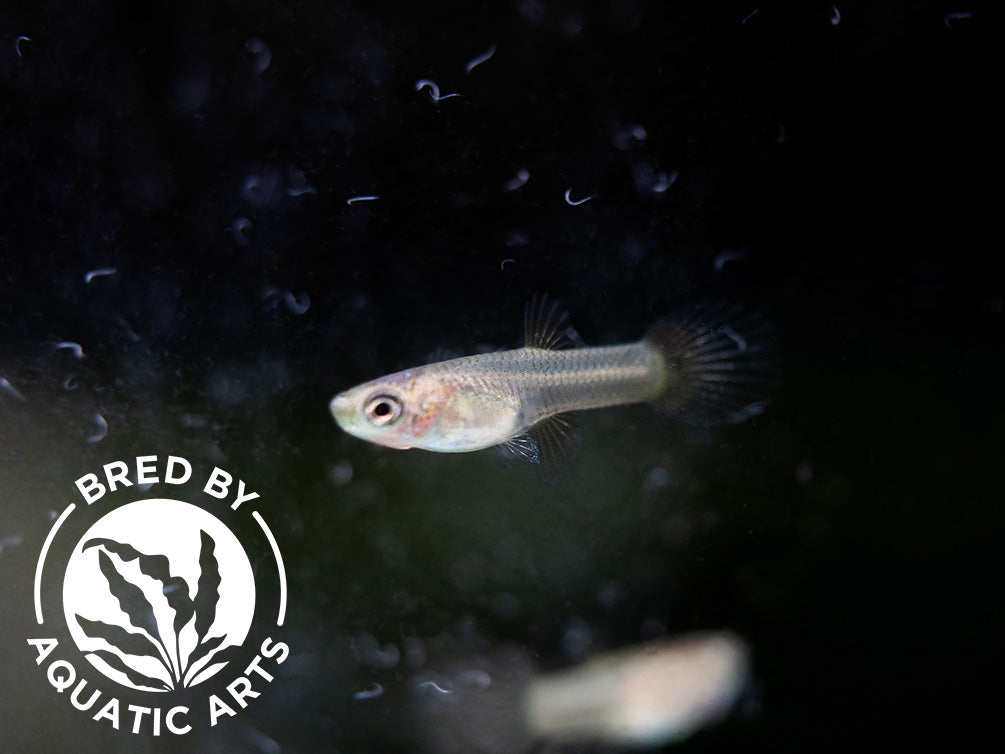Live Microworm (Panagrellus sp.) Cultures - Aquatic Arts
- Low stock - 9 items left
- Backordered, shipping soon
Microworms are a popular and healthy live aquarium food source for both micropredators and newborn fry!
Microworms (Panagrellus redivivus), which are actually a type of non-parasitic microscopic nematode, are an excellent live food source for your aquarium. Smaller in size than brine shrimp, Microworms are a very popular option for breeders around the world as they are small enough for even the tiniest of fish fry to eat! Other members of the genus include Walter Worms and Banana Worms, which are even smaller.
Banana Worms (Panagrellus nepenthicola) are an excellent live food source for fish fry, nano fish species, and even baby axolotls. They are the smallest of the Panagrellus species making them ideal for small fish fry. Fun Fact! Banana worms are actually not a worms at all, but rather harmless nematodes.
Walter Worms (Panagrellus silusioides) are another excellent live food source for fish fry, nano fish species, and even baby axolotls. They are larger than banana worms but smaller than microworms making them the intermediate species Panagrellus. Fun Fact! Walter worms are actually not a worms at all, but rather harmless nematodes.
Microworm Culture Care
Live Microworms are very easy to culture, with many different techniques being proven to work online. They typically feed on the carbohydrates found in oatmeal and mashed potatoes. It is best to keep them in a clear container with a hole in the top, covered by a cotton ball. This allows for air flow, but will keep out pests that may compromise the colony. The typical lifespan of Microworms is around 20-30 days and can start to reproduce at just THREE DAYS old! It is recommended to keep your culture between the temperature range of 65° - 70° F. Growth rates increases in warmer temperatures, but are viable for a shorter amount of time and the opposite goes for lower temperatures.
Harvesting Microworms
To harvest your Microworms, simply take a scrape from the side of the container with a cotton swab and stir in tank water. A single swab can contain thousands of Microworms, so a little goes a long way. Microworms are able to survive in your water column for up to 12 hours!
**Molding may occur in your culture over time. This is completely normal and can be manually scraped off. It is also not advised to feed fry a diet of strictly Microworms.
Our 2 oz. Live Microworm starter culture contains more than enough worms to start a strong population of your own!
For the safety of our animals, we only ship live fish, crabs, and select other inverts exclusively via UPS 1 Day Air. If your order contains this item, you will only see UPS 1 Day Air as a shipping option during checkout. If other items are in your cart that can ship with 2 day or standard shipping options the only shipping method you can still select is UPS 1 Day Air.
UPS 1 Day is a description of the duration of time a shipment will spend in transit once it has been shipped. This does not guarantee the package will be shipped the same or next day from which the order was placed.
Shipping Schedule for this service
Current Handling Time:
1-9 business days
Here at Aquatic Arts, we consider the welfare of the live animals we are shipping to be of the foremost importance. This process is much more involved than simply creating a shipping label and affixing it to a box. Depending on the order, it takes from 4 to 7 people to complete this process properly. We check the weather conditions here where they fly out of the Indianapolis UPS facility and the destination for each shipment. We start early each morning and go through a multi-step process to have the day's shipments prepared in time for the UPS pickup. The volume of orders in our system also affects the processing time. Therefore our stated handling time is 1-9 business days.
Shipping Rate
Pricing is by size of package needed to fill entire order and distance it must travel. It will be calculated at checkout.


